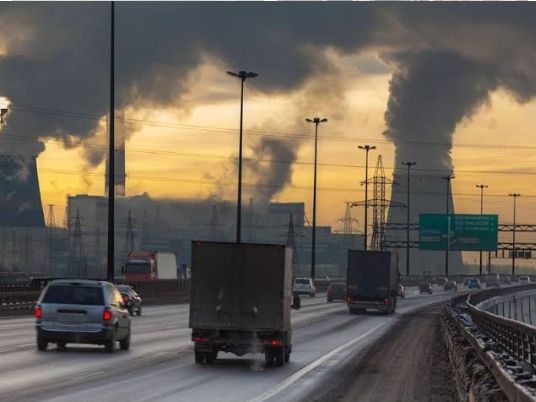Bharat Stage Norms And Pollution Levels In India.
May 22, 2019 • 37 views

The article explores the alarming levels of air pollution in India and steps taken by the government in this regard including the enforcement of Bharat stage emission standards.
India is a victim of increasing pollution levels, be it air pollution, water pollution, noise pollution or any other form. The alarming pollution levels are evident from a recent WHO report which stated that 13 of 20 most polluted cities in the world are in India, while New Delhi being the most polluted in the world.
Air Pollution in India.
Among all the forms of pollution, the air pollution is quite a serious issue with the major sources being fuel wood and biomass burning, fuel adulteration, vehicle emission and traffic congestion.
India has low per capita emissions of greenhouse gases but the country as a whole it is the third largest emitter after China and the United States. A 2013 study on non-smokers has found that Indians have 30 percent lower lung function compared to Europeans.
The standards and the timeline for implementation are set by the Central Pollution Control Board under the Ministry of Environment & Forests and climate change.
Benefits associated with Bharat Stage emission standards.
• It helps in bringing down the pollution levels related to vehicular emissions. For example the phasing out of 2 stroke engine for two wheelers, introduction of electronic controlsetc have been due to the regulations related to vehicular emissions.
• It has led to improved technology in vehicles. Today the vehicle technology in India is at par with the international bench marks as Indian safety standards are being aligned with Global Technical Regulations (GTR) and UN Regulations.
• It has helped in reducing the health cost for the public and economy. Exposure to air pollution can lead to respiratory and cardiovascular diseases, which is estimated to be the cause large number of deaths of peoples. And the health cost of air pollution in India has been assessed at 3 per cent of the GDP.
• According to the Centre for Science and Environment, the move to Bharat Stage-VI will bring down Nitrogen Oxide emissions from diesel cars by 68 per cent and 25 per cent from petrol engine cars. Cancer causing particulate matter emissions from diesel engine cars will also come down by a phenomenal 80 per cent.
• Introduction of BS VI fuel, considered to be ‘ultra low sulphur fuel ‘will reduce PM10 and PM2.5 emissions from vehicles by about 6 percent.
To address the high pollution in 4 metro cities 0.05 percent sulphur petrol & diesel has been introduced since 2000-2001. The same has been reduced to 50 ppm in April 2010 in 13 metro cities for both petrol and diesel.
And, the sulphur content would be reduced further to 10 ppm in BS VI fuels in line with the 2nd Auto Fuel Policy 2025.
Steps taken by govt.
• The government pledged to improve the carbon emission intensity of its GDP by 33—35 per cent by 2030 from 2005 level and to create an additional carbon sink of 2.5 to 3 billion tonnes of carbon dioxide equivalent through additional forest and tree cover by 2030.
• Further To reduce pollution and green house gas (GHG) emissions, use of alternative fuelas transport fuel like CNG and LPGin cities are being encouraged.
• Odd even policy initiated by the Delhi government strengthens the resolve of the govt to reduce pollution.
• To promote use of mass public transport system, introduction of metro, increasing number of buses etc. are being undertaken.
• The Oil Ministry has assured the supply of Bharat Stage-VI fuel to meet this promise. For this, two-thirds of India's state-owned refineries will need up gradation and the government says it will cost them 60000 crore rupees.
Despite the above said efforts, India is still much behind in terms of controlling air pollution levels. Moreover, efforts are needed to introduce an efficient system of inspection and maintenance of in-use vehicles and effective traffic management.
